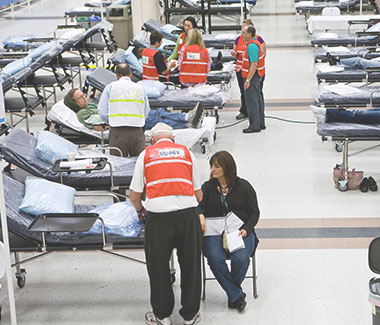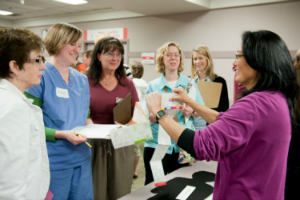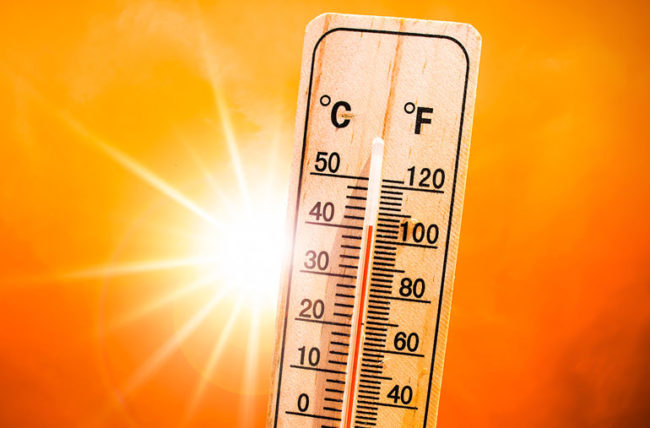

Challenge: Relocating 77 vulnerable residents from a skilled nursing facility in rural Washington during a fire evacuation emergency.
Montesano, Washington is a town of under 5,000 residents on the coast of western Washington. Montesano is home to a handful of long-term care facilities, but only one skilled nursing facility (SNF). On September 14, 2022, at 5:30 PM, a fire broke out in the only SNF in the town, Montesano Health and Rehabilitation Center (MHRC). Within an hour, an administrator from MHRC called the Northwest Healthcare Response Network (the Network) Duty Officer to advise of the situation, alerting to a full evacuation, and requesting support for patient relocation and logistics for supplies.
The Response
The Network connected with the Washington Health Care Association (WHCA) and Leading Age for support in finding new locations for impacted residents. Through WHCA and Leading Age an ‘all call’ went out to the SNFs in neighboring communities requesting support. The local Disaster Medical Coordination Center (DMCC) at Providence St. Peter’s Hospital in Lacey, WA was alerted to help support if any of the residents needed hospital level care.
To support the response activities, the Network hosted a virtual meeting room, to allow for the team of responders (emergency management, EMS, healthcare, long-term care agencies and other support organizations) to maintain constant communication and for the Network to be able to facilitate the coordination between EMS and long-term care. Over the course of the evening, beds were identified, and residents were matched due to their needs. EMS coordinated resident movement and in order to make sure the residents were tracked to their new location; the Network was able to input patient data and transportation information into WATrac.
This was the first time WATrac was used for a long-term care evacuation/relocation/patient tracking incident. Utilizing WATrac was key for all the agencies involved in patient movement and care. Many of the fire departments and long- term care facilities involved were not previously familiar with the platform, so it took some additional time and manpower from the Network to ensure that it could be beneficial in family reunification and coordination with receiving partners and the command post on site.
Full details, including an additional panel interview and timeline of the event can be found here.
The Outcome
In total, there were 77 displaced patients requiring various levels of care, all of which were successfully transferred to appropriate facilities and/or discharged home where possible.
Eleven (11) long-term care facilities supported relocation and numerous response partners rapidly came to the aid of this facility and community by offering resources, staff, supplies and expertise.
The response to the Montesano evacuation was unique as it was a full evacuation, in a rural community, necessitating resident relocation across a broad geography, with very few [thankfully] needing emergency treatment. Although we plan for such events, we rarely see the combination of impacts specific to this response. The Network’s Mariah Pede was serving as Duty Officer on the night of the Montesano fire.
She shared, “The overall response that evening was a true testament of partners helping partners. What an incredible team to work alongside with the common goal of life safety.”
The Network Duty Officer is available 24/7 for emergencies. Click to view the full impact story.
returnOther Impact Stories


Impact Focus:
Multi-Agency Coordination
Ensuring Capacity...
The Challenge At least 25% of the population of the state of Washington is a pediatric patient, specifically under the… Read more »



Impact Focus:
Evacuation
Partnerships and...
Challenge: Relocating 77 vulnerable residents from a skilled nursing facility in rural Washington during a fire evacuation emergency. Montesano, Washington… Read more »


Impact Focus:
Situational Awareness
Extreme Heat...
The Network spearheads coordination and collaboration to save lives during an extreme heat response. In late June 2021, amidst a… Read more »
